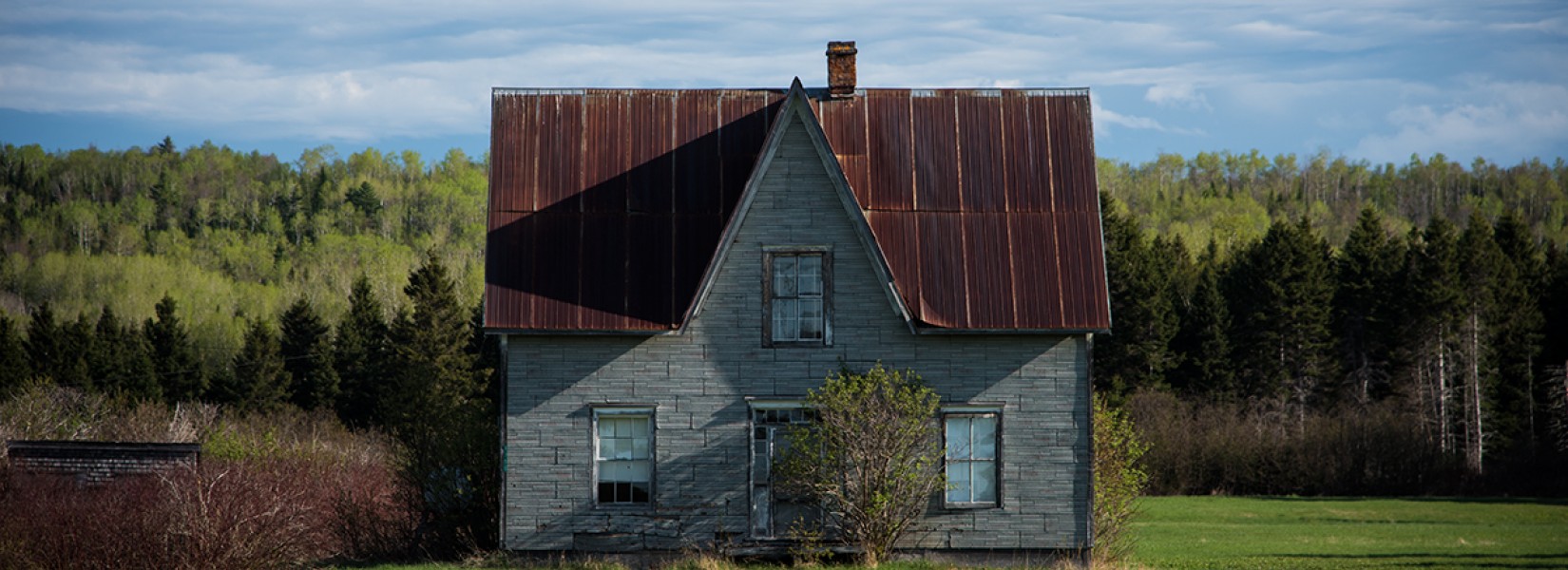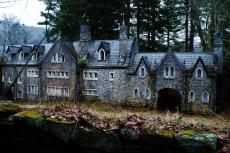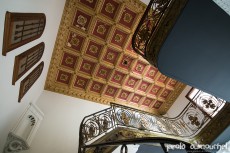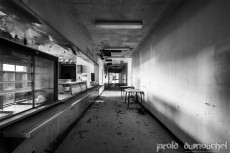Built in 1924 in Roscoe, New York state, the Dundas Castle was modeled after a 15th century’s castle in Scotland, located near Edinburgh. The American version of the Dundas Castle was added to the National Register of Historic Places in 2001....
Abandoned houses in Gaspesie
Beyond the Rocher Percé, gannets and other tourist attractions in Gaspesie
Beyond the tourist beauties we are used to see when we visit the Gaspesie, it can be found hundreds of abandoned houses that show those old days when the region had not yet suffered the wrath of the rural exodus.
If the economy of the region now depends on the tourist flow that comes contemplate Perce Rock, Bonaventure Island, the small villages like Mont-Saint-Pierre on horseback between the mountains and the Gulf of St. Lawrence, it was a time not so far away when the region had many farms and countless crab fishermen, lobster, cod and more.
Yes, the Gaspesie is beautiful and scenery are breathtaking. After long hours of road, the visitor is rewarded with its tourist attractions and the friendliness of its people. But beyond that, there are these beautiful abandoned houses who are trying to stay straight and proud, despite the salty sea air.
A rurex lover will find what he is looking for. By staying on the main roads, he will find abandoned houses, remained intact despite the weather. Kept away by distance, vandals have not yet damaged these buildings. Only the humidity have created some damage to these buildings. Barricaded and often inaccessible, these old houses made with wooden cedar are the delight of photographers who find these rural treasures.
Related content
From the outside, one notices its architectural details and its wrought iron. Without forgetting its balconies and its heterogeneous structure that stands out from this neighborhood to the residential buildings with the austere austere. Now, it...
Partially destroyed in 1986 (nearly 40% was razed) and now totally neglected, the Redpath Mansion was designed by architect Sir Andrew Taylor and built for Francis Robert Redpath, a member of the rich family who worked on the construction of the...
* * * * *
UPDATE - Message from the owner: this facility is no longer abandoned and will be a regularly used Airsoft field for local groups that someone could be injured. This means that anyone coming on to the property to take photographs...























